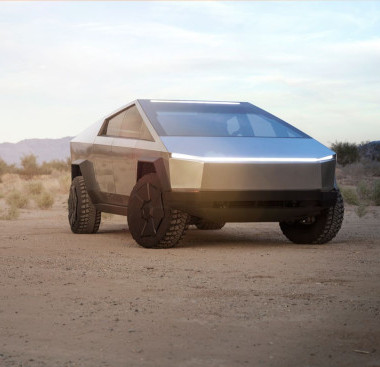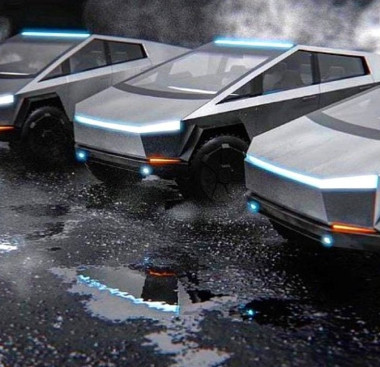How Tesla is using artificial intelligence to create the autonomous cars of the future?
Tesla is using artificial intelligence (AI) in a number of ways to create the autonomous cars of the future.

Here are some of the ways Tesla is using AI:
Sensor Data Processing:
Tesla's cars are equipped with multiple sensors, including cameras, radar, and ultrasonic sensors. These sensors collect a massive amount of data that needs to be processed quickly and accurately to enable the car to make real-time decisions. Tesla uses AI to process this data and make sense of the environment around the car.
Deep Learning:
Tesla uses deep learning algorithms to train its autonomous driving systems. Deep learning is a subset of machine learning that uses neural networks to learn from data. Tesla's neural networks are trained on vast amounts of data collected from its fleet of vehicles, which helps to improve the accuracy of its autonomous driving algorithms.
Computer Vision:
Computer vision is a key component of Tesla's autonomous driving systems. Tesla's cameras are used to detect and identify objects on the road, such as other vehicles, pedestrians, and obstacles. Tesla uses AI-powered computer vision algorithms to process this data and make decisions about how the car should respond.
Predictive Modeling:
Tesla's AI systems use predictive modeling to anticipate what might happen next on the road. For example, the car might predict that a pedestrian is likely to cross the street ahead and adjust its speed and trajectory accordingly.
Continuous Learning:
Tesla's AI systems are constantly learning and adapting based on new data. This means that as Tesla's fleet of vehicles grows, its AI algorithms become more accurate and effective at predicting and responding to different scenarios on the road.
Autopilot:
Tesla's Autopilot feature is one of the most well-known examples of how the company is using AI to create autonomous cars. Autopilot uses a combination of cameras, radar, and ultrasonic sensors to detect and respond to the environment around the car. It can handle tasks such as lane keeping, adaptive cruise control, and automatic emergency braking. Autopilot is constantly learning and improving through over-the-air software updates.
Navigate on Autopilot:
Tesla's Navigate on Autopilot feature allows the car to take over more complex driving tasks, such as merging onto highways and taking exits. The car uses AI to navigate these tasks by analyzing the environment around the car and predicting the movements of other vehicles.
Summon:
Tesla's Summon feature allows the car to autonomously park and come to its owner on command. The car uses AI to detect and avoid obstacles, and to navigate to the owner's location.
FSD (Full Self-Driving):
Tesla's FSD program is a more advanced version of Autopilot, which is designed to enable full self-driving capabilities. FSD is still in beta testing, but it is designed to allow the car to handle even more complex driving scenarios, such as navigating through city streets and dealing with pedestrians.
Overall, Tesla is using AI in many innovative ways to create the autonomous cars of the future. The company's use of deep learning, computer vision, predictive modeling, and continuous learning is helping to create safer and more efficient driving experiences for Tesla customers.









